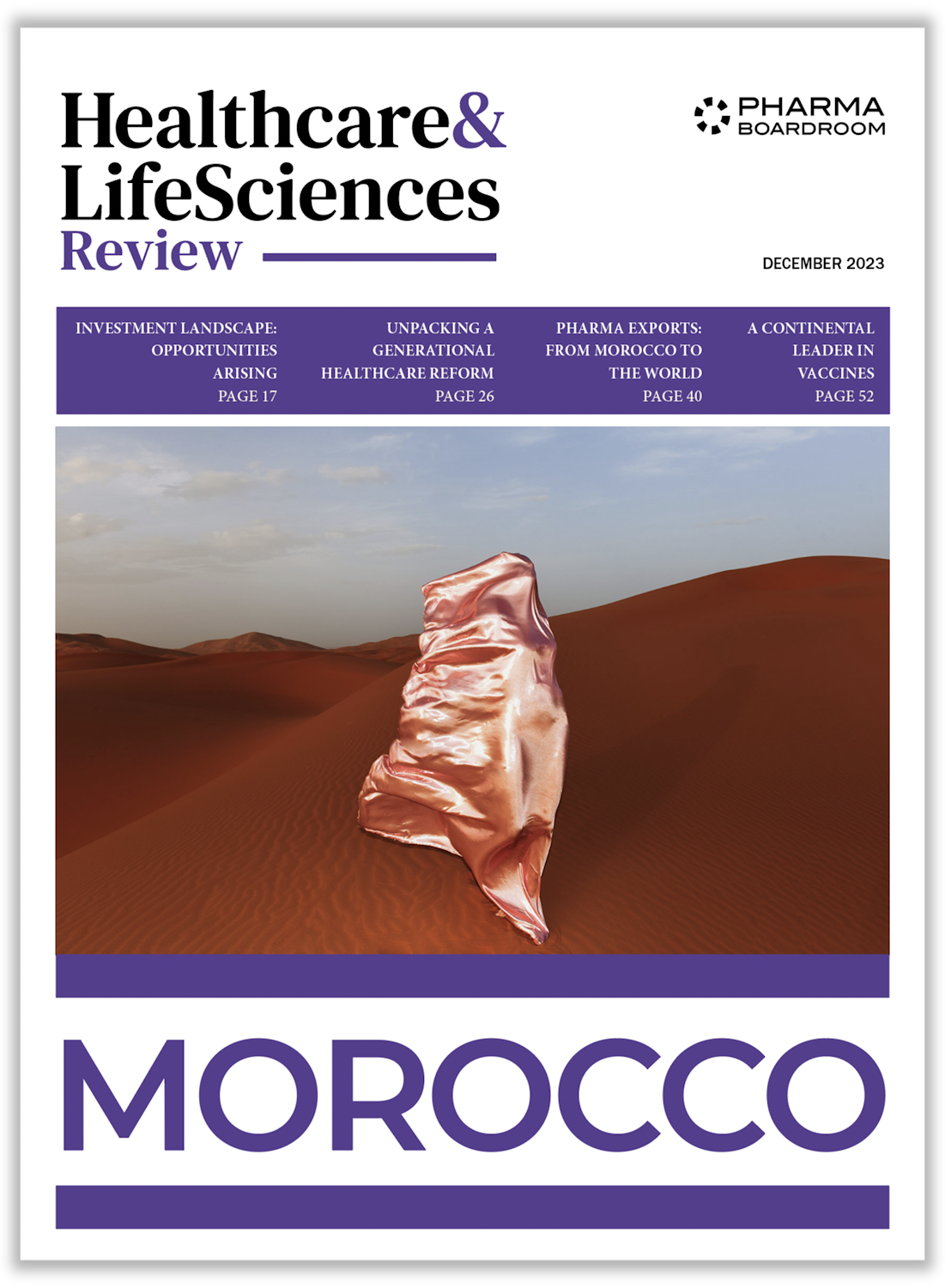European Mid-Caps
Spanish Mid-Caps: Going Global
Despite the Spanish economy and pharmaceutical market’s steady growth, many local players are becoming cognizant of the limitations and risks of operating within a single market. Therefore, these small to mid-cap local companies are taking the next logical steps in their growth; internationalization.

Despite the Spanish economy and pharmaceutical market’s steady growth, many local players are becoming cognizant of the limitations and risks of operating within a single market. Therefore, these small to mid-cap local companies are taking the next logical steps in their growth; internationalization.

SHARE
Share on twitter
Share on linkedin
This international movement for many companies has only just begun, though for Uriach, the Spanish OTC company of the year in 2018, “The financial crisis in 2008 pushed the company to broaden its horizons outside of Spain in order to survive. At the beginning of these renovations, we were an EUR 35 million business fully concentrated in Spain. In the space of five years, we have reached over EUR 100 million in healthcare turnover across four countries,” highlights CEO Orial Segarra. “We are becoming a mid-sized European company and increasing our presence in new markets through joint ventures and acquisitions. Of course, the crisis was not comfortable, but it made the company stronger in a sense. To last over 180 years, an organization must be adaptable; something that is embedded in the DNA of Uriach.”
Historically, thanks to cultural and linguistic ties, Latin America has been the first international step for many of these Spanish players. This was no different for Laboratiorios Rubío who commenced operations within the LATAM region in 1982. Now, VP Carlos Rubió sees new opportunities in similar regions as “third world countries have an appetite for “classic therapies,” which gives us an opportunity to grow. We really are based in Spain, but act in a global sense, adapting our products to intentional regulations and guidelines.” This has seen the company’s international footprint increase and become a larger piece of their revenue pie. Nevertheless, Rubió understands that the company’s “growth in the US and other markets will need an increase in our manufacturing capability, since more than 50 percent of the units we manufacture are for international sales, and we will start this new project next year.”
However, despite links to the LATAM region, the big pie for many players is the European Union, due to its proximity and similarities in regulation. Xavier Carbonell, after taking the reigns as CEO of the previously family-run medical device player, Palex Group, moved to position the company firmly within the international space when the group “acquired a company with radio-frequency identification (RFID) technology around seven years ago. We have invested a lot of money to develop our own systems using this system, SmartCabinet® and SmartKanban@, and we see our self-developed products as our future. We are now dealing on the other side and are distributing to Germany, the UK, Malta, France, Italy and the Gulf Countries.”
The financial crisis in 2008 pushed the company to broaden its horizons outside of Spain in order to survive
Furthermore, Carbonell is positioning Palex Group as a gateway to Europe for players outside the EU. In this way they have recently “struck up a joint venture with JIMRO (Otsuka Medical Device Company) to act as the exclusive distributing partner in Europe for their large medical device business arm. This will over time incorporate their new technologies and we are currently distributing in the UK, Germany, France, Nordics, Spain and Portugal, while in the meantime building relationships to soon move into Eastern Europe and other countries.”
Another local medical device player also shares this view to grow abroad, and Cardiva, led by president Ignacio Vega aims “to expand in many countries in order to minimize the risks inherent in focusing on only one country. Currently, between 35 and 40 percent of the Malaga plant’s production goes to exports, but our future goal is that this percentage rises to 90 percent.” As a result of this impressive growth, the company is “now investing a lot of money in our Malaga plant because we have grown so quickly, and we need larger facilities. Our investments will double the production capacity of the plant. Each day we export more and more products, and this is our priority.”
Along with this Malaga plant, the group also has a site in Barcelona, though Cardiva has taken this international strategy a step further, and in the early 2000s, “made a move into China with the acquisition of a manufacturing plant near Shanghai,” points out Vega “Our Chinese facility – due to the comparatively lower labour costs – acts as our main manufacturing hub, after which the products are transferred to our Malaga facility which hosts the automated part of our production.”
5 Top European Mid-Cap CEOs to Know
10.05.2019
Bringing together insights from the heads of some of Europe’s most prominent mid-cap pharma firms. The leaders of Ipsen, Genmab, Pierre Fabre, Esteve and Servier outline the strategic directions in which their companies are turning and how they are planning to ensure a successful future…
Swiss Mid-Caps and Minnows: At the Vanguard of Creativity
05.06.2019
In view of the manifold hurdles encountered when attempting to raise capital, Switzerland’s medium capitalized entities and SMEs have grown adept at punching well above their weight. After the giants, Roche and Novartis, some of the larger companies in the Swiss pharma sector like Ferring and IBSA are privately held, and some have developed…
European MidPharmas: Focused and Resilient, yet Vulnerable
11.06.2019
European MidPharmas – R&D based pharmaceutical companies with annual revenues of between EUR 50 million and 5 billion – are having to be increasingly focused and resilient to succeed and fend off their inherent vulnerabilities according to a new report from specialist pharma and biotech consultancy Novasecta….




